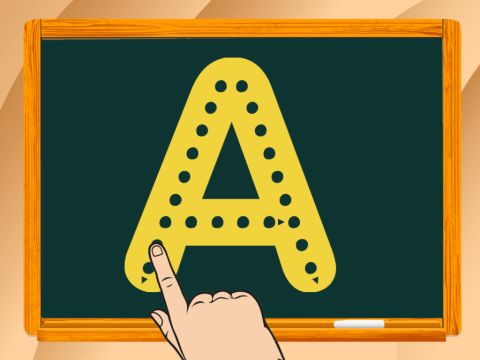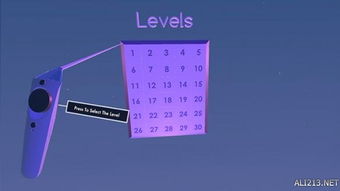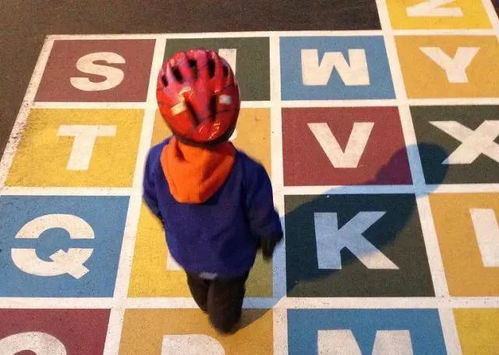来源:小编 更新:2024-12-10 06:48:36
用手机看

English grid games have become a popular tool for teaching and reinforcing language skills, especially among children. These games are designed to be engaging and educational, making the process of learning English fun and interactive. In this article, we will explore various English grid games that can be used to enhance vocabulary, spelling, and grammar skills.

There are several types of English grid games that cater to different age groups and skill levels. Here are some of the most common ones:
1. Bingo
Bingo is a classic game that can be adapted to teach English. Players receive cards with a grid of words or phrases. The objective is to cover the grid by calling out words that the caller reads aloud. This game is excellent for teaching sight words and vocabulary.
2. Jumping Jacks
Jumping Jacks is a variation of the classic game of hopscotch. Players write letters or numbers on a grid and jump to each square in order. This game is great for teaching alphabet recognition and number skills.
3. Twister
Twister is a fun and interactive game that can be used to teach colors, body parts, and prepositions. Players follow instructions to place their hands and feet on different colored circles on a large mat, which is divided into sections with different symbols.

English grid games offer numerous benefits for language learners:
1. Engaging and Interactive Learning
These games make learning English an enjoyable experience, as they combine fun with education. This can help keep children motivated and interested in learning.
2. Reinforcement of Language Skills
By playing these games, learners can reinforce their knowledge of vocabulary, spelling, and grammar. The repetitive nature of these games helps to solidify the information in their memory.
3. Social Interaction
Many English grid games are designed to be played with others, which encourages social interaction and teamwork. This can help learners develop communication skills and build confidence.

Creating your own English grid game can be a fun and rewarding activity. Here are some steps to get started:
1. Choose a Theme
Decide on a theme for your game, such as animals, fruits, or family members. This will help you come up with appropriate words and phrases to include in the grid.
2. Design the Grid
Draw a grid on paper or a whiteboard. You can use a simple 5x5 grid or a larger one depending on the complexity of the game.
3. Fill in the Grid
Fill in the grid with words, phrases, or questions related to your chosen theme. Make sure the words are appropriate for the skill level of your learners.
4. Create Instructions
Write clear instructions for playing the game. Include rules, objectives, and how to win.

English grid games are a valuable resource for language learners of all ages. They provide an engaging and interactive way to learn and reinforce language skills. By incorporating these games into your language learning routine, you can help make the process of learning English both fun and effective.